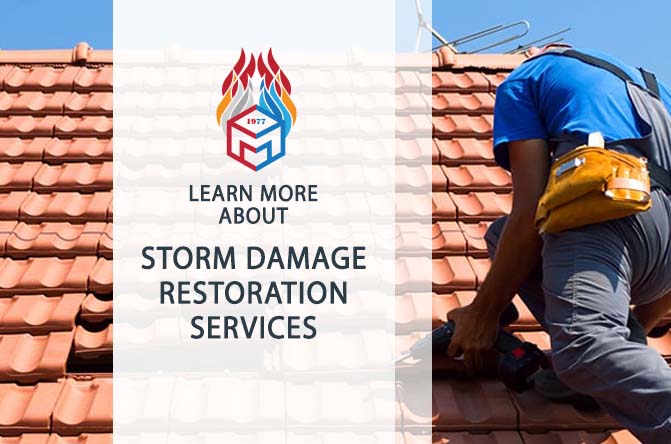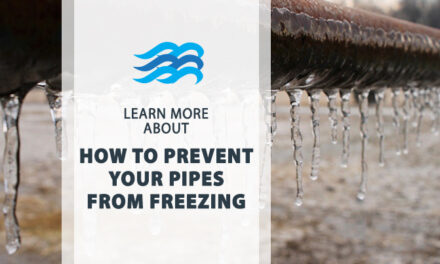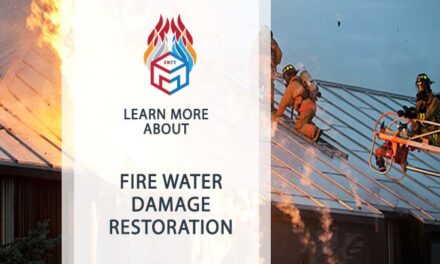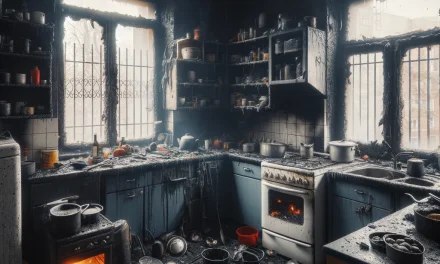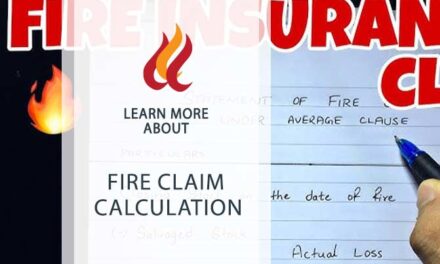Storm Damage Roof Repair: A Comprehensive Guide to Protecting Your Home
When severe weather strikes, your roof is your home’s first line of defense against the elements. Unfortunately, storms can cause significant damage, leaving your property vulnerable to leaks, structural issues, and costly repairs. If your roof has been compromised by high winds, hail, or heavy rain, timely storm damage roof repair is essential to prevent further deterioration.
In this guide, we’ll explore the common types of storm-related roof damage, how to assess it, and the steps to take for effective repairs. We’ll also discuss insurance claims and how professional roofing services can help restore your home’s safety and integrity.
Common Types of Storm Damage to Roofs
Storms can wreak havoc on roofs in several ways. Understanding the different types of damage can help you identify issues early and take action before they escalate.
1. Wind Damage
High winds can lift and tear shingles, leaving your roof exposed to water infiltration. Even if shingles aren’t missing, strong gusts can weaken their adhesive bond, making them more susceptible to future damage.
2. Hail Damage
Hailstorms can leave dents, cracks, or punctures in roofing materials. Asphalt shingles may lose granules, reducing their lifespan, while metal roofs can suffer dents that affect their structural integrity.
3. Water Damage and Leaks
Heavy rain can exploit existing vulnerabilities, leading to leaks that damage ceilings, walls, and insulation. If left unchecked, moisture can promote mold growth and rot, compromising your home’s structure.
4. Fallen Debris
During storms, tree branches, flying debris, or even collapsing structures can cause severe impact damage to your roof.
How to Inspect Your Roof for Storm Damage
After a storm, it’s crucial to assess your roof for damage safely. Here’s how:
1. Conduct a Ground-Level Inspection
Before climbing onto your roof, check for visible signs of damage from the ground. Look for:
- Missing, cracked, or curled shingles
- Dented or damaged gutters
- Piles of granules in downspouts (indicating shingle wear)
- Visible leaks or water stains inside your home
2. Check Attic and Ceilings
Water stains, damp insulation, or daylight peeking through the roof boards are clear indicators of storm damage.
3. Schedule a Professional Inspection
For a thorough assessment, contact a licensed roofing contractor. They can identify hidden damage and recommend the best course of action for storm damage roof repair.
Steps to Take After Discovering Roof Damage
If your roof has been damaged, follow these steps to ensure a smooth repair process:
1. Document the Damage
Take clear photos and videos of all affected areas for insurance purposes.
2. Contact Your Insurance Provider
Most homeowner’s insurance policies cover storm-related roof damage. File a claim promptly and provide all necessary documentation.
3. Hire a Reputable Roofing Contractor
Choose a licensed and insured roofing company with experience in storm damage roof repair. Avoid storm chasers who pressure you into quick, often subpar, repairs.
4. Get a Detailed Estimate
A professional roofer should provide a written estimate outlining the scope of work, materials, and costs.
5. Schedule Repairs Promptly
Delaying repairs can lead to more extensive (and expensive) damage. A trusted roofing company can help restore your roof efficiently.
Why Professional Storm Damage Roof Repair Matters
Attempting DIY repairs after a storm can be dangerous and may void your insurance claim. Professional roofers offer:
- Expertise: They know how to identify and fix hidden damage.
- Safety: Roof work is hazardous, especially after storms when surfaces may be slippery or unstable.
- Quality Materials: They use durable, weather-resistant materials to ensure long-lasting repairs.
- Insurance Assistance: Many contractors help navigate the claims process.
Choosing the Right Roofing Contractor
When selecting a company for storm damage roof repair, consider:
- Licensing and Insurance: Verify credentials to avoid scams.
- Local Experience: Companies familiar with your area’s weather patterns provide better solutions.
- Warranties: Reputable contractors offer workmanship guarantees.
For trusted storm damage repairs, visit news.getdelmar.com or call +1 (800) 298-0900 for expert assistance.
Preventing Future Storm Damage
While you can’t control the weather, you can take proactive steps to minimize storm damage:
- Trim Overhanging Branches – Prevent debris from falling onto your roof.
- Install Impact-Resistant Shingles – These withstand hail and high winds better.
- Reinforce Roof Flashing – Proper sealing around vents and chimneys prevents leaks.
- Schedule Regular Inspections – Routine maintenance catches minor issues before storms worsen them.
Final Thoughts
Storm damage can compromise your roof’s ability to protect your home, but prompt storm damage roof repair can prevent costly long-term issues. By recognizing damage early, working with professionals, and taking preventive measures, you can safeguard your home against future storms.
If your roof has suffered storm damage, don’t wait—reach out to a trusted roofing specialist today to restore your home’s safety and durability.
